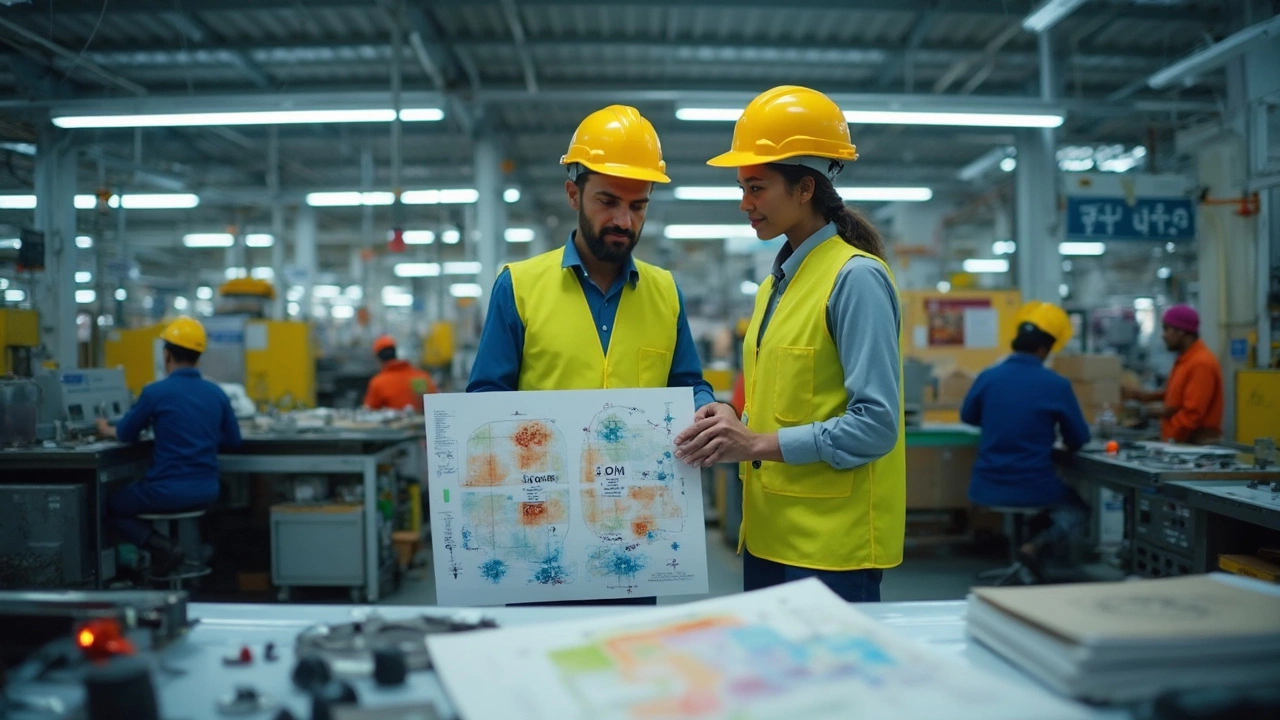BOM – Bill of Materials Overview
When planning any product, BOM, a Bill of Materials that lists every part, raw material, and sub‑assembly needed to build a product, also known as Bill of Materials acts as the backbone of production. It directly connects to Supply Chain, the network of suppliers, manufacturers, and logistics that deliver those components and feeds into Cost Estimation, the process of calculating material and labor expenses before a build begins. Together they enable Inventory Management, tracking stock levels and reorder points to avoid shortages or excess. In short, BOM encompasses product components, requires accurate cost data, and is shaped by the supply chain that provides the parts.
Why a Well‑Structured BOM Matters for Product Design
Engineers start with a concept sketch, then translate that idea into an engineering drawing that references every item in the BOM. A clear BOM lets designers see the weight, size, and material of each component, which influences decisions like choosing between MDF and solid wood for a furniture piece or selecting a specific alloy for an automotive part. When the BOM is organized by sub‑assembly, it reveals interdependencies—knowing that a motor housing depends on a specific gasket prevents costly redesigns later. This relationship — BOM ↔ product design — streamlines prototyping and speeds up time‑to‑market, a benefit highlighted in our post about furniture materials and the IKEA supplier network.
From a supply‑chain perspective, the BOM drives procurement planning. Each line item triggers a purchase order, and accurate quantities reduce lead times by up to 30 % in many Indian manufacturing plants. Cost estimation uses the BOM’s priced list to build a total landed cost, which the finance team validates against budget targets. When inventory managers align stock levels with the BOM, they can implement just‑in‑time ordering, cutting warehouse space by a third while keeping production lines humming. These three entities—procurement, finance, and inventory—form a feedback loop that keeps the BOM reliable and the factory agile.
However, maintaining a perfect BOM isn’t automatic. Common pitfalls include duplicate part numbers, outdated revisions, and missing supplier data. Best practices recommend a centralized BOM software that enforces a hierarchical numbering scheme, supports version control, and links each item to its supplier catalog. Regular audits catch mismatches before they cause a line‑stop, and a clear change‑management process ensures that engineering updates propagate instantly to purchasing and cost‑analysis teams. Companies that adopt these practices report up to 20 % savings on material waste and a noticeable drop in order errors, as seen in our analysis of local manufacturing benefits.
Below you’ll find a curated set of articles that dive deeper into each aspect of the BOM ecosystem— from how IKEA’s global suppliers build their own BOMs, to the role of BOMs in pharmaceutical manufacturing, and the impact of BOM accuracy on textile and electronics exports. Whether you’re a fresh startup setting up a factory or a seasoned manager looking to tighten your supply chain, the insights here will help you leverage the Bill of Materials for smoother production, smarter costing, and stronger inventory control.

Ever wondered why your manufacturing project needs both a BOM and a MOM? This article clears up what sets them apart, explains where and how each fits into production, and shares real-world tips on using them without hassle. You'll spot common mistakes people make (and how to dodge them), and see how each document can save you from manufacturing headaches. Skip the boring jargon—this is straight talk for people who just need solid answers. (Read More)







